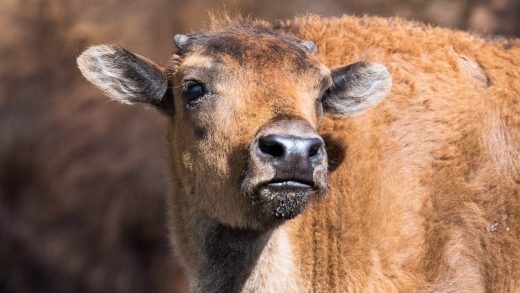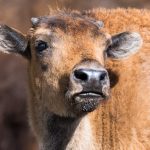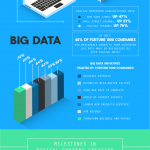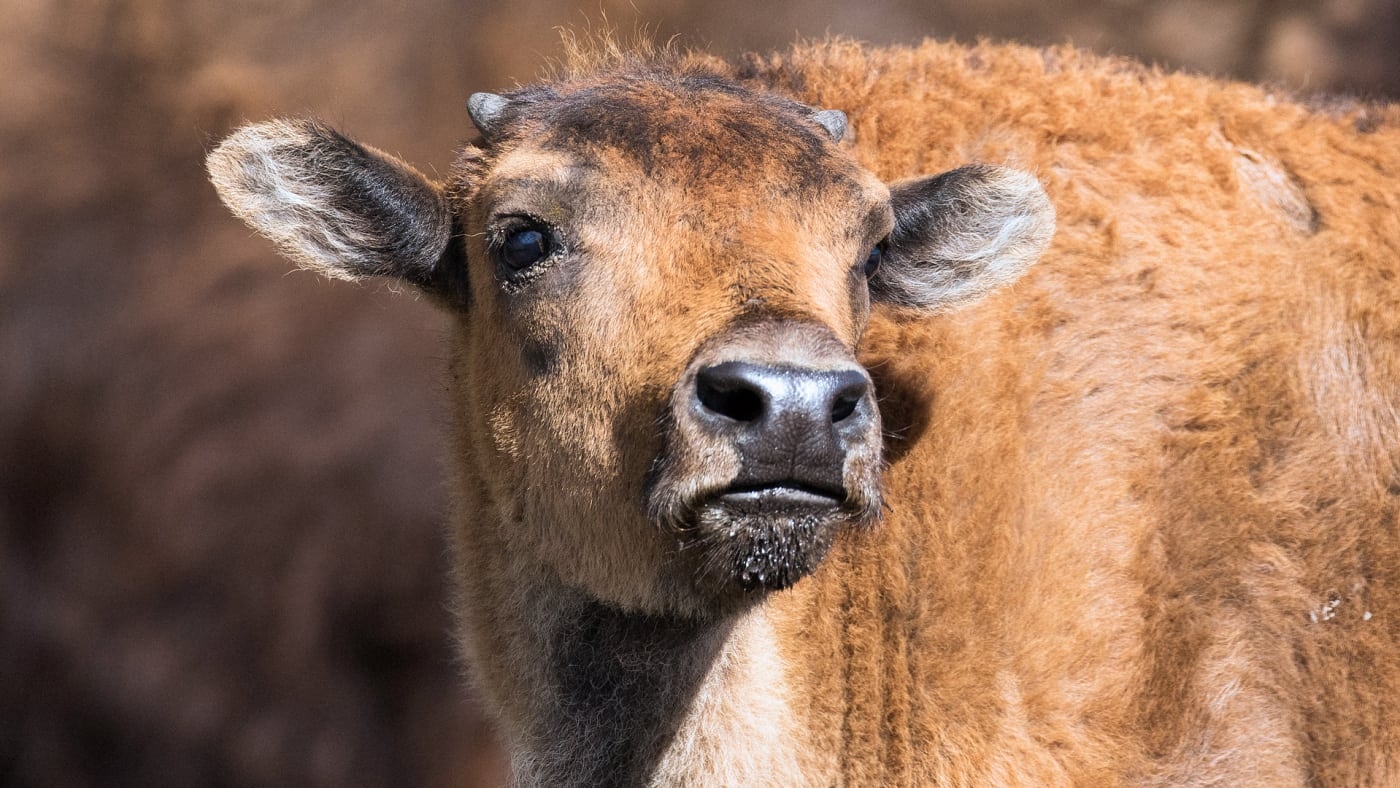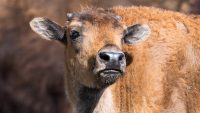Baby Bison Are Being Flown To Siberia To Try To Save The Permafrost
If you fly over part of eastern Siberia, you might see a massive crater nicknamed the doorway to hell–a gaping hole in the middle of the forest that is expanding as permafrost, the thick layer of usually-frozen soil, starts to melt.
Warming temperatures are beginning to melt the permafrost across the Arctic and sub-Arctic. And as the permafrost melts, it exacerbates climate change: The soil may hold as much as 1,500 billion tons of carbon. If it were released, it could have a bigger impact than burning all the world’s remaining oil, gas, and coal.
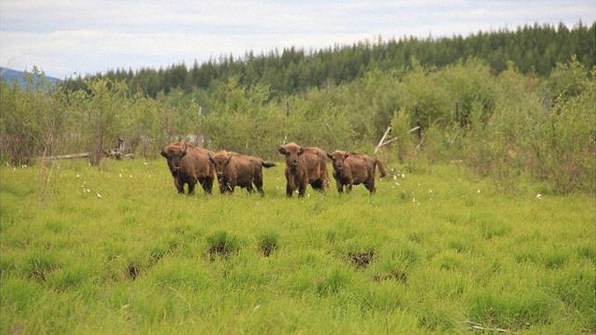
It’s a process that’s hard to stop once it starts. But in a remote corner of northeastern Siberia near the Arctic Circle, researchers are experimenting with one potential solution: restoring pieces of a prehistoric ecosystem that could, in theory, keep the underground permafrost cold enough to stay intact.
“Permafrost is a huge carbon reserve,” says Nikita Zimov, director of Pleistocene Park, a reserve that is beginning to rebuild the landscape of the past. “We want permafrost to stay frozen in order for the carbon not to [be emitted] as greenhouse gases . . . we argue that with our park, with the ecosystem we want to create, it’s possible to do that.”
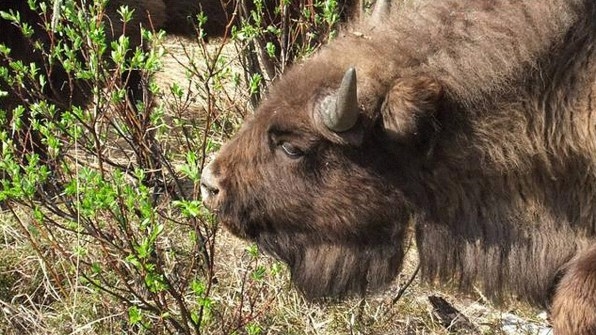
Right now, you can drive hundreds of miles in Siberia without seeing any wildlife, he says. But 20,000 years ago, if you had walked around a piece of Siberia roughly the size of Central Park, you might have seen a few wooly mammoths, more than a dozen bison, around 30 horses, and 50 reindeer. Across the entire region, there might have been 30 million bison. This wildlife disappeared by the beginning of the Holocene epoch, possibly killed by prehistoric hunters. With the animals gone, so was the grassland–a landscape that Zimov, and his father and research partner Sergey Zimov, think is key to protecting the permafrost now. By bringing back the animals, they believe, the grass can also return.
The permafrost starts a few feet below the surface and can extend down as far as hundreds of feet. As the name suggests, permafrost is almost always frozen. But in the summer, if it gets hot enough, it can begin to melt. Then, in the following winter, a thick layer of snow on the ground can prevent cold air from penetrating and cooling the soil below. If a herd of animals tramples the snow, however, the frigid Siberian air can have a bigger cooling effect. The colder the permafrost gets, the less likely it will melt the following summer. As the animals trample on seedlings and eat trees, that also helps; in the Arctic, unlike other climates, grass can help store more carbon than trees. In the winter, snow-covered grass reflects heat better than a forest with dark branches.
In a seven-square-mile reserve in the Siberian wilderness that the Zimovs call Pleistocene Park, the researchers are testing whether their theories hold up. Reindeer, musk ox, and Yakutian horses already graze the fenced-off park, where the researchers are sampling the changes in below-ground temperature and carbon storage. In a crowdfunding campaign in 2017, the researchers raised funds to buy six bison, a key species in their vision. In preliminary research at Pleistocene Park, they say that they’re beginning to see evidence that the system works.
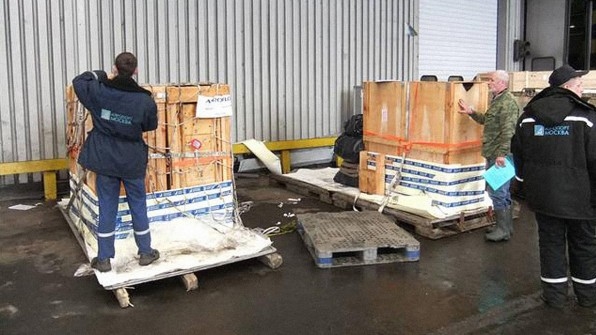
They had a deal to buy the bison from a zoo in Perm, Russia, and a plan to bring the animals thousands of miles over land and water to reach their remote park. But the plans fell through. The people selling the bison stopped returning calls; the Zimovs finally learned that the zookeepers had been arrested, and the bison confiscated. They had to start from scratch. The Kickstarter money they raised went partially to buy yaks instead.
Now, they plan to buy 12 bison from a Native American tribe in Alaska. Twelve bison are on reserve, and as soon as the researchers raise money through a second crowdfunding campaign, they’ll charter a flight to bring them to Russia. The bison are young enough to be possible to transport (an adult male can weigh 2,000 pounds, but a young animal might weigh 300 or 400 pounds). Once they arrive, the researchers can study how the bison help continue the process of restoring the grassland, and study how well the bison adapt to the new environment; because they were born in similarly cold Alaska, they’re expected to thrive.
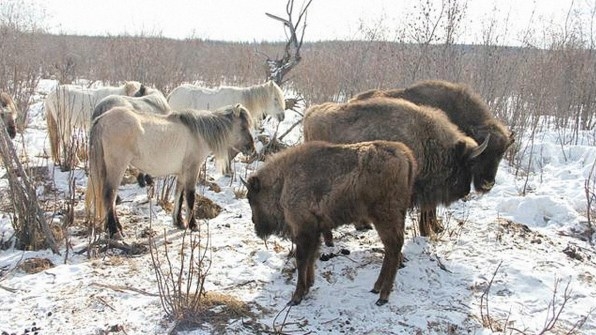
With proof that the re-wilding process helps protect the permafrost, the researchers want to raise money to scale up, converting larger swaths of land from forest to grassland. And they’ll need to scale up a lot. To mitigate climate change 50 or 100 years in the future, Zimov, director of Pleistocene Park, suggests that millions of bison would be necessary, filling in the non-populated parts of Siberia. “Ideally in the future, we would want to charter a Boeing 747 and bring 500 [bison] from Canada,” he says.
The climate change they’re fighting is already apparent. A few years ago, when asked how common it was to see melting permafrost, “we were saying ‘no, it’s not melted, but getting to that point,” says Zimov. “Now we start seeing that this point is already reached, and in some places in the Arctic, permafrost is already starting to melt.”
“There are lots and lots of things to be done,” he says. “[The most change needs to happen] in the heads of people, that’s most critical. We will not be able to create our ecosystem unless we shift the paradigm in people’s heads. That’s kind of the hardest thing. Bringing in bison is easy. Making everybody believe how it should be done, that’s the hard part.”
(45)

